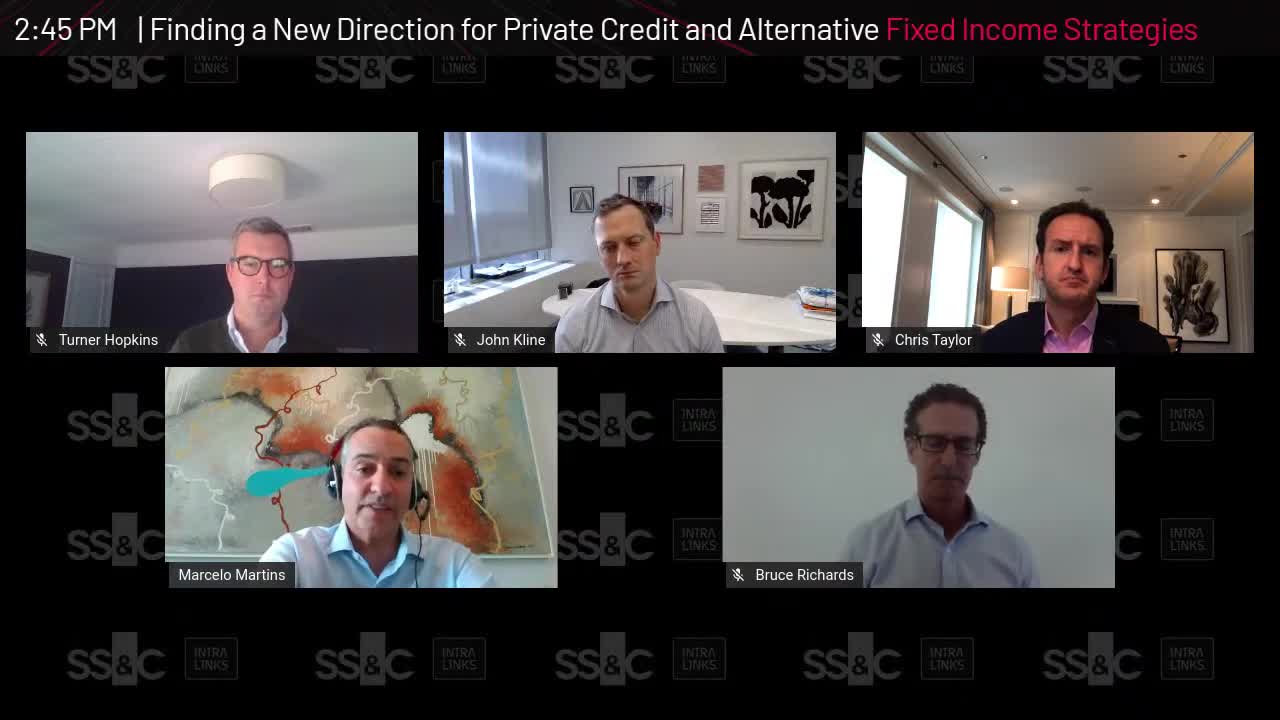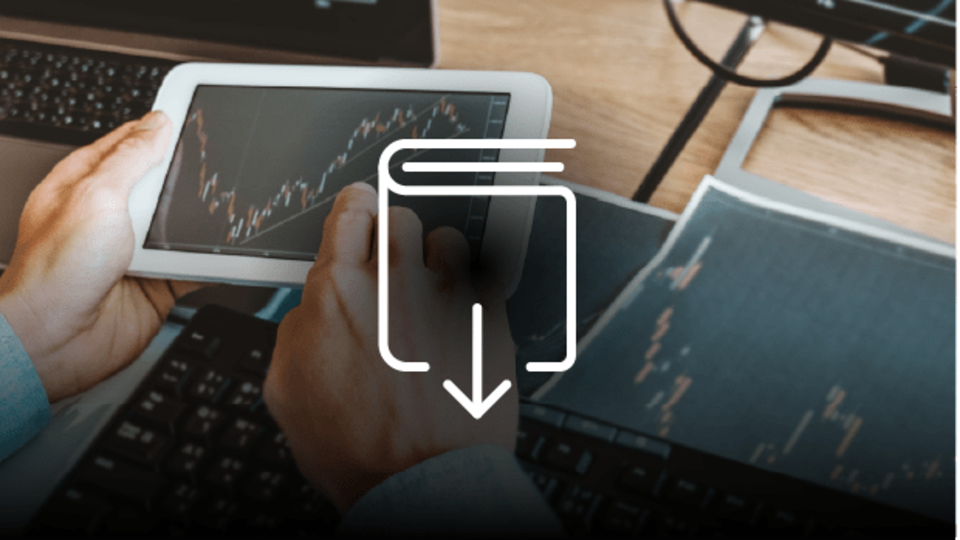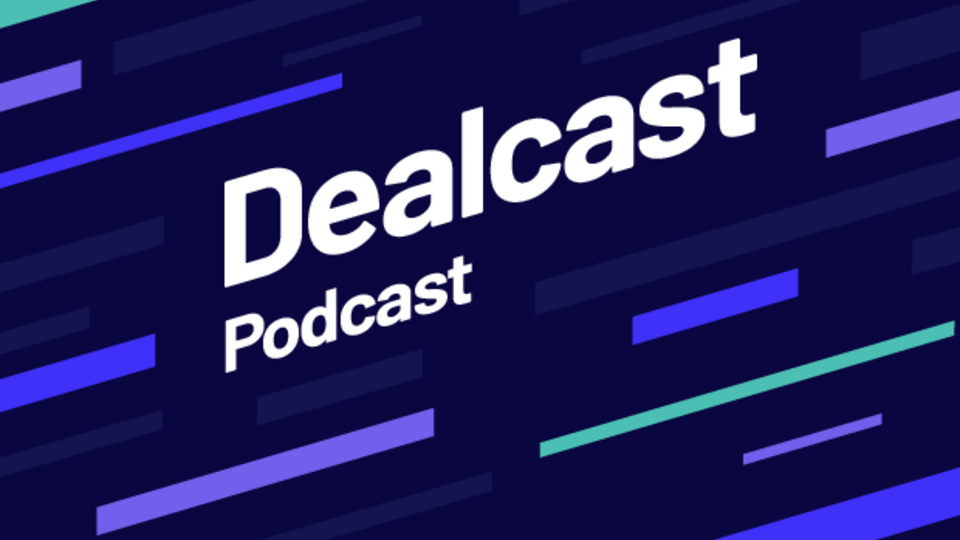Private Credit and Fixed Income Strategies: Six Takeaways From the SS&C Intralinks Alternative Investments Virtual Summit [Video]
10 February 2021As fixed income continues to underperform, investors and managers have found new ways to create value in these markets. How have these strategies evolved in the past five years? What will happen in 2021 and beyond?

Fixed income markets are still challenged by low rates amid an economy that is digging out from the effects of the COVID-19 pandemic. Yet managers are finding pockets of value for investors, driven by pent-up demand and expectations for near-term activity. I moderated the session “Finding a New Direction for Private Credit and Alternative Fixed Income Strategies” at the recent SS&C Intralinks Alternative Investments Global Virtual Summit 2020, during which managers from New Mountain Capital, Marathon Asset Management, Jive Investments and Madison Capital shared their views on the changes seen in the past five years and their outlook for private credit going forward. Here are six key takeaways in no particular order:
The COVID-19 environment forced managers to pivot their business by developing new strategies to navigate the tumult. Although the pandemic disrupted business at the end of the first quarter, managers with diversified portfolios and special expertise saw a surge of deal activity at the end of 2020. The activity was centered on sectors most affected by the pandemic: healthcare, financials and information technology, according to Chris Turner, CEO of Madison Capital, and head of New York Life Investments Alternatives, with USD 30 billion in AUM. “That bodes well for the resilience of private credit and private equity,” he said.
Capital solutions will drive the outlook for 2021. The short-term decline was structural rather than cyclical, creating lending opportunities for lenders with plenty of dry powder. Much of it will be deployed in restructuring existing businesses, either through equity investments, distressed lending or asset-based lending. It creates opportunities for real estate and pharma; offering security based on existing properties, and in the case of pharmaceutical companies, through drugs, plant, inventory and future royalties. In addition to strong demand across the transportation spectrum, including aircraft, container ships and storage, Chris Taylor notes, “We have seen strong activity in pharma. Madison made a USD 125 million loan to Quisitive, secured by royalties for its FDA-approved Parkinson’s drug.”
COVID-19 has changed investors’ expectations. Although investors still want to ensure that a manager’s track record in high-volatility markets is sustainable, low rates have made them more amenable to investments in real estate and distressed situations, where returns are higher. “Banks in Brazil are going through a large volume of REOs on balance sheets, and real estate developers were hit hard from the COVID-19 effect,” said Marcelo Martins, founding partner of Jive Investments, a São Paolo-based distressed credit firm. “The low interest rate environment presents opportunities to restructure nonperforming loans. Dependence on technology during COVID-19 has been documented, but it plays an even more vital role in these deals, as managers look to backtest and verify assumptions in real-time,” he adds.
Valuations have improved as the economy snapped back faster than predicted. “We had lenders serving a spectrum of situations from par to special situations, and despite current volatility due to COVID, private credit still stands out in the sea of fixed-income strategies,” said John Kline of New Mountain Capital. That suggests that even in a radical market environment, the approach is sound: Private credit is a good asset class compared with any other yield product. “Middle-market lending grew from USD 100 billion to USD 1 trillion, a ten-fold increase,” according to Bruce Richards, CEO of Marathon Asset Management. Seven or eight years ago, a good-sized middle-market private equity fund was USD 1 to 2 billion; now, it can be as much as USD 6 billion. And investors are benefiting from sponsor-backed private credit strategies. Middle-market lending generates yields in the 8 percent range compared with government or investment-grade yields of 1 to 2 percent, or around 5 percent for quality high yields. John added, “We didn’t expect the market to snap back as fast as it did. Pricing is now back to pre-COVID-19 levels for the best, most defensive businesses.”
Private credit has evolved into a major asset class over the past few years, with managers benefiting from competitive advantages. Those with optionality, scale and relevance can offer strategies meeting investors’ demands for geographic diversity and global exposure. Bruce Richards sees middle-market lending as a major asset class among pension funds and endowments, with allocations ranging from 4 to 14 percent, as low rates force them further out on the risk spectrum. “That increased appetite is shared by sovereign wealth funds as well, and banks have become more flexible in how they market nonperforming loans and distressed assets,” he explains. Deals are structured to meet different objectives, such as buying unlocked value by purchasing a percentage of the face value of a loan or property, earning a minimal return and potentially sharing in the upside on servicing and collection. Bruce described REIT deals with thousands of units later sold to institutions after double-digit rent increases. He sees opportunities to buy loans from banks, take possession of the properties, fix them and sell them to institutions at the right cap rate.
Emerging markets are the next frontier for private credit lending. South America will continue to flourish, according to Marcelo Martins, who is bullish on Brazil, particularly for companies that have hard assets as collateral. Brazil is in the early stages of divesting portfolios, creating high potential for volume growth. Bruce Richards also sees growth in emerging markets and has created a dedicated team to serve that asset class.
Conclusion
Middle-market lending has hit its stride, experiencing staggering growth in the past few years. Now a USD 1 trillion market, fed by major institutions forced to accept higher risk in a low interest rate environment, it shows no sign of abating. It is part of a multitrillion-dollar reservoir of opportunity for quality managers to create portfolios of distressed debt, nonperforming loans and asset-based lending, which offer better security and higher rates of return to investors than in traditional debt instruments.
My thanks to all of the panelists for joining me for an insightful conversation. You can watch the full panel discussion by hitting the play button below.

Turner Hopkins
NYC-based Turner Hopkins joined Intralinks in March 2019. Turner is responsible for all business with banks in the U.S. and Canada. He oversees a sales team that’s focused on helping financial market participants solve the challenges of securely sharing information. Turner has spent most of his career working in Fintech. Prior to joining Intralinks, he was responsible for sales and partnership management for Qlytics, an artificial intelligence startup. Previously, he held multiple roles at Moody’s Analytics where he sold credit risk management solutions to capital markets participants.





